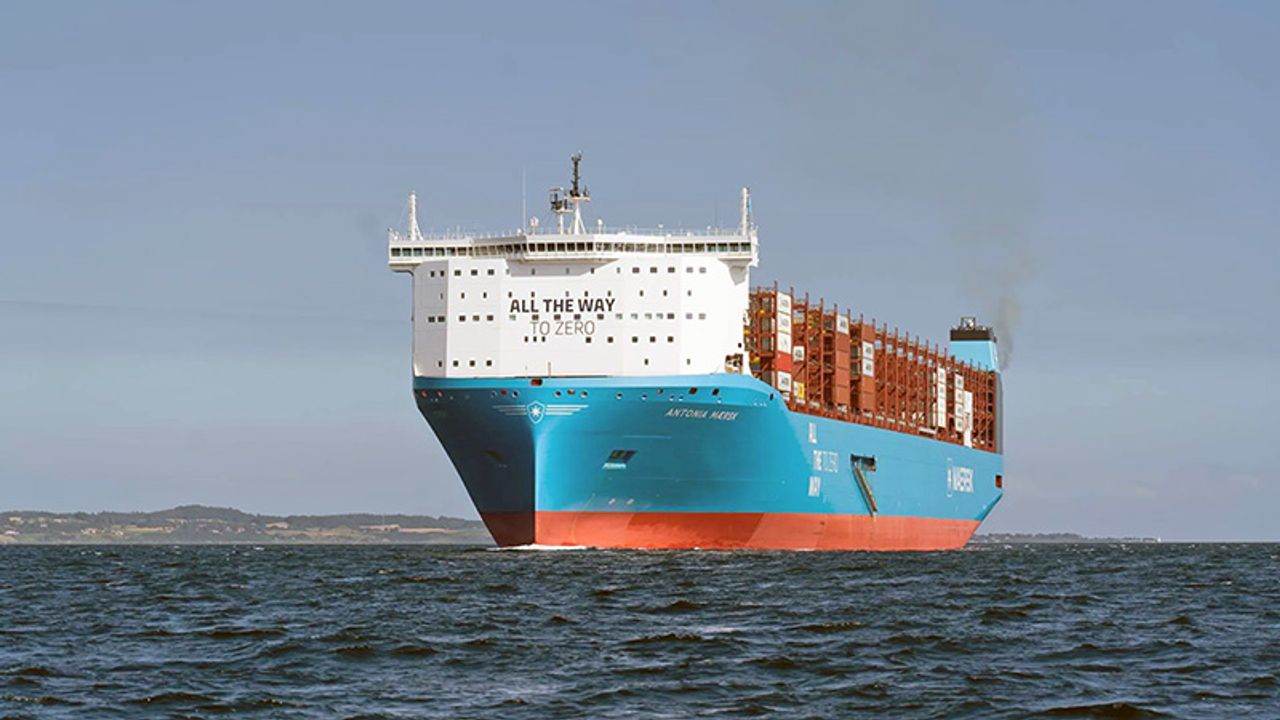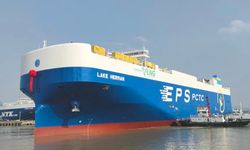The Antonia Maersk, with a cargo capacity of 16,592 TEU (twenty-foot equivalent units), was christened in August in Aarhus. It now operates on the AE5/Albatross route, which is part of the 2M shipping alliance. This route provides a vital connection for Swedish and Scandinavian imports and exports. After its initial stop at the Port of Gothenburg, the ship is continuing its journey to various ports in Southeast Asia.
Powered by bio-methanol, the Antonia Maersk reduces carbon dioxide emissions by 280 tons daily, equivalent to the emissions of a truck with a trailer driving around the world more than six times, according to Maersk's data. Earlier this year, another methanol-powered ship, Laura Maersk, began service on an intra-European route between Gothenburg and Bremerhaven. Both ships are propelled by bio-methanol, a fuel that reduces CO2 emissions by around 65% compared to conventional fuels.
Methanol is a liquid fuel at normal temperatures, which makes it easier to handle for shipping. The Port of Gothenburg has managed the handling of methanol following established safety procedures since 2015. Currently, around 30 methanol-powered container ships are in operation globally, with nearly 300 more on order from various shipping companies, representing about 10% of the total order book.
The Port of Gothenburg is working to support the shipping industry's transition to renewable fuels, with methanol as a key component. The port aims to become Scandinavia's largest hub for renewable energy by storing, handling, and providing a variety of renewable fuels.
As Scandinavia's largest port, the Port of Gothenburg handles about 20% of Sweden's foreign trade and more than 50% of the country's container traffic. It operates as a full-service port, providing climate-smart and efficient transport services to global markets 24/7, year-round.







